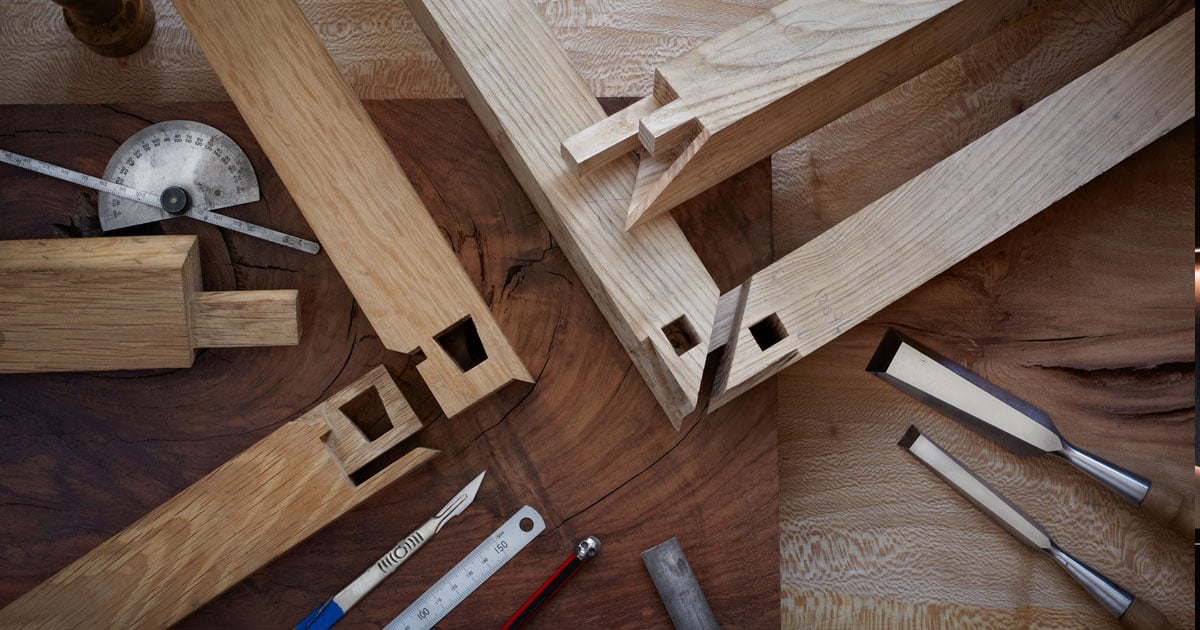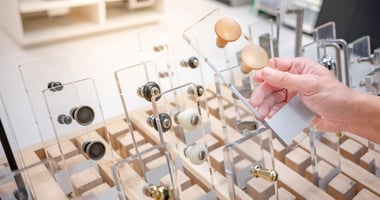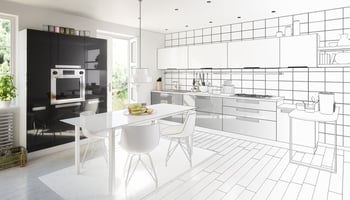Cabinet hardware plays a crucial role in both the functionality and aesthetics of your cabinetry...
Advanced Cabinetmaking Techniques for Mastering the Art of Woodworking

Advanced cabinetmaking techniques can elevate your woodworking skills and help you create exceptional, high-quality custom cabinetry for your clients. In this article, we'll discuss various advanced cabinetmaking techniques that will enable you to master the art of woodworking and take your craft to the next level.
- Mastering Joinery Techniques:
Joinery is the foundation of high-quality cabinetry, and mastering advanced joinery techniques can significantly improve the strength, durability, and appearance of your cabinets. Some advanced joinery techniques to consider include:
- Dovetail joints: An interlocking joint renowned for its strength and visual appeal, often used for drawer construction.
- Mortise and tenon joints: A strong, stable joint created by inserting a tenon (a projecting piece of wood) into a corresponding mortise (a cavity).
- Domino joints: A modern variation of the traditional mortise and tenon joint, using a specialized tool called the Domino joiner to create perfectly aligned mortises for floating tenons.
- Incorporating Inlays and Marquetry:
Inlays and marquetry involve cutting and fitting contrasting wood pieces, veneers, or other materials into the surface of a cabinet to create intricate patterns, designs, or images. Mastering these techniques allows you to add exquisite, one-of-a-kind details to your cabinetry projects.
- Advanced Veneering Techniques:
Veneering involves attaching thin sheets of wood to a substrate to create a beautiful, uniform appearance. Advanced veneering techniques, such as book-matching, slip-matching, and radial-matching, can create stunning visual effects and elevate the overall design of your cabinetry.
- Curved and Shaped Cabinetry:
Creating curved and shaped cabinetry requires a high level of skill and precision. Techniques such as bent lamination, coopering, and kerf bending can be used to achieve various curved and shaped designs, adding a unique, custom touch to your cabinetry projects.
- Custom Hardware and Accents:
Incorporating custom hardware and accents into your cabinetry designs can significantly enhance their visual appeal and functionality. Mastering techniques such as metalworking, casting, and forging can enable you to create one-of-a-kind hardware and accent pieces tailored to your clients' preferences and design style.
- Hand-Carving and Sculpting:
Hand-carving and sculpting techniques can add exceptional detail and character to your cabinetry projects. By mastering various carving and sculpting tools and techniques, you can create intricate designs, moldings, and accents that set your work apart from the competition.
- Finishing Techniques:
A high-quality finish can greatly impact the appearance and durability of your cabinetry. Mastering advanced finishing techniques, such as French polishing, faux finishing, and distressed finishes, can help you achieve a professional, long-lasting result tailored to your clients' needs.
Elevating your cabinetmaking skills through advanced techniques and craftsmanship can set you apart in the woodworking industry and enable you to create exceptional, high-quality custom cabinetry. By mastering these advanced cabinetmaking techniques, you'll be well-equipped to exceed your clients' expectations and take your craft to new heights.
Meta Description: Discover advanced cabinetmaking techniques, from joinery to finishing, that will help you master the art of woodworking and create exceptional custom cabinetry.



